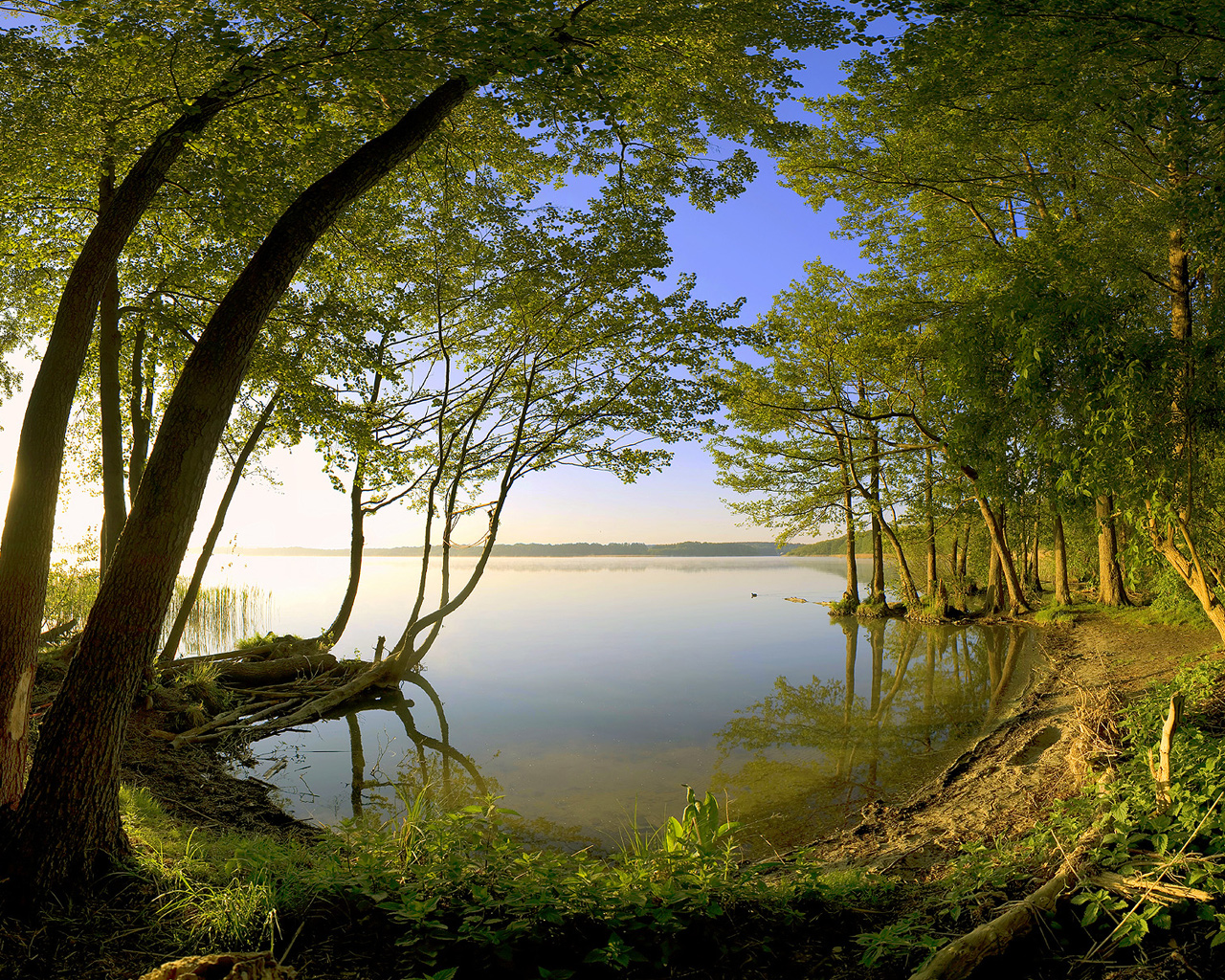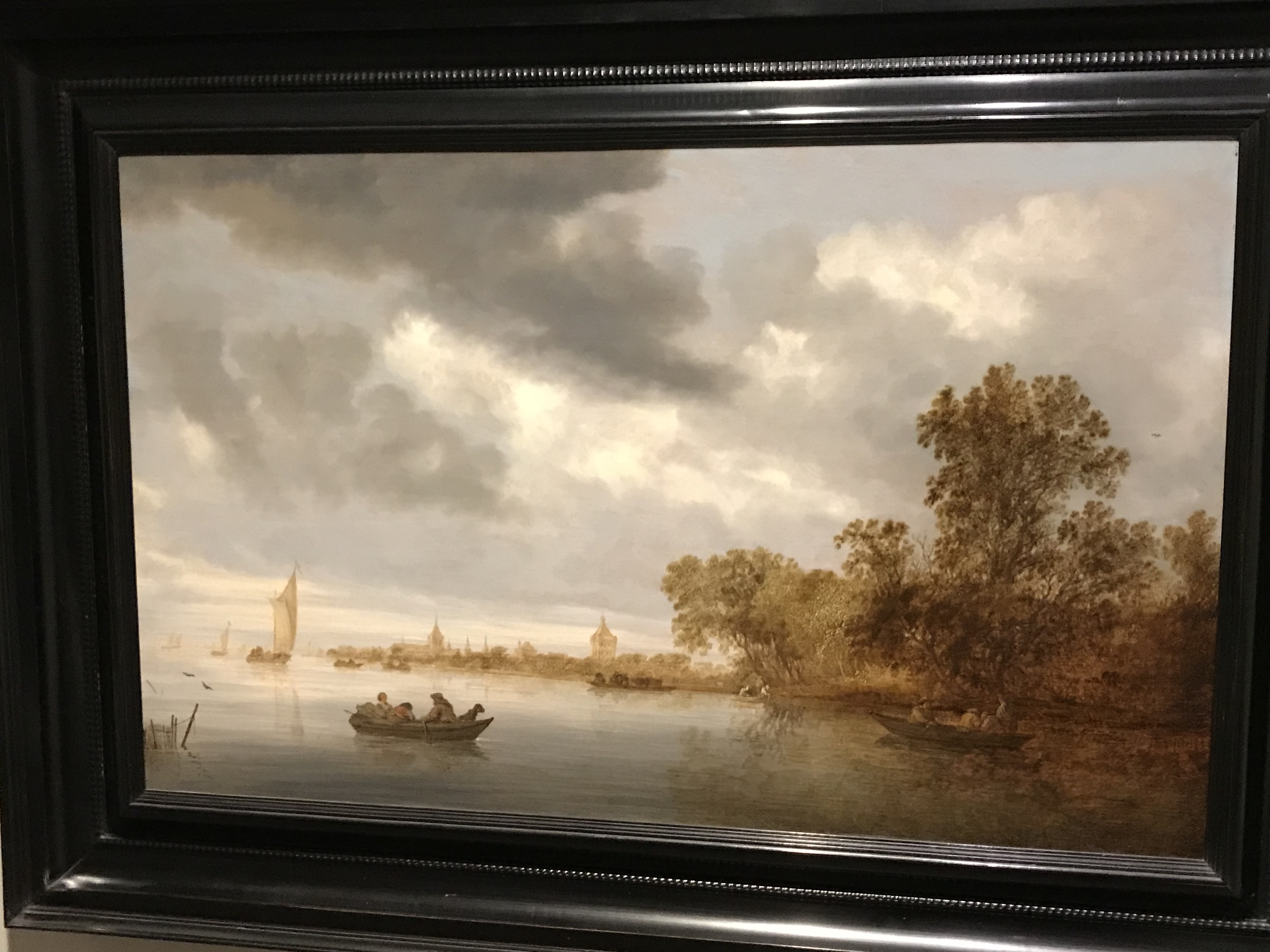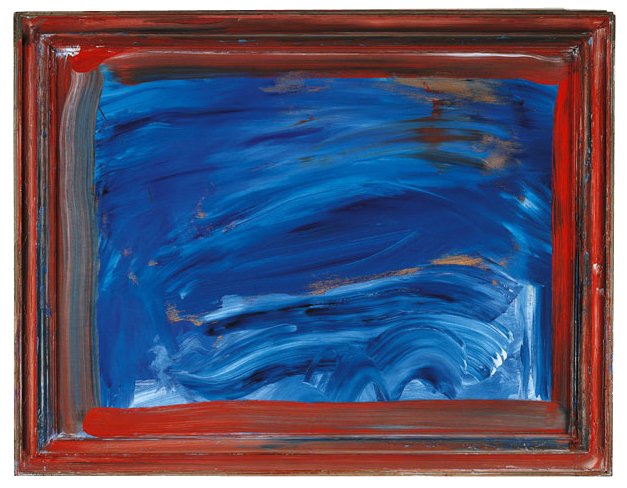Grace Murtha
How many times have you heard the term ‘global warming’? What do you usually hear following those terms? Instead of debating the legitimacy of global warming, we should be considering our next step in preventing major destructive impacts to our health and environment. Carbon dioxide and other greenhouse gas emissions are one of the biggest causes of climate change1. Although there are many ways to reduce these emissions, they are not feasible because they take too much, time, money, and physical space. Scientists are now using photo-electrochemical machines to mimic the natural process of photosynthesis1. Carbon dioxide can be both captured and converted into something advantageous and helpful, but a photocatalyst is needed to begin the conversion2. The photocatalyst technique ensures the reduction of not only carbon dioxide, but also other harmful substances like methane3. Direct air capture techniques have the potential to be much cheaper than other methods4. However, it is very important to be patient in choosing negative emission technologies3. Although they are almost always successful in removing CO2, scientists’ question whether or not these technologies are sustainable and cost efficient. For example, Bioenergy for carbon capture and storage is very costly4. Although there are definitely some issues regarding specific technologies, negative emission4 technologies as a whole have proven to be extremely successful in doing what they are meant to do4. Of course, on top of these technologies, we need to be working towards green, sustainable energy. We need to take action now. We have the information to begin. There should be no more debating, because climate change is happening, and it happens to pose an extremely significant risk on humans and our environment.
References:
1. May MM, Rehfeld K. ESD Ideas: Photoelectrochemical carbon removal as negative emission technology. Earth System Dynamics. 2019;10(1):1–7. doi:https://doi.org/10.5194/esd-10-1-2019
2. Simultaneous SO2 removal and CO2 reduction in a nano-BiVO4|Cu-In nanoalloy photoelectrochemical cell. [accessed 2019 Jan 23]. https://reader.elsevier.com/reader/sd/pii/S138589471831564X?token=1E5C1028A359BFFAABF8AA893ABD855C4FF1D29D845E29FA6C552B96C7BBBC7BD0D48290046A4998A2107719D4498DC9. doi:10.1016/j.cej.2018.08.093
3. de_Richter RK, Ming T, Caillol S. Fighting global warming by photocatalytic reduction of CO2 using giant photocatalytic reactors. Renewable and Sustainable Energy Reviews. 2013;19:82–106. doi:10.1016/j.rser.2012.10.026
4. Smith P, Davis SJ, Creutzig F, Fuss S, Minx J, Gabrielle B, Kato E, Jackson RB, Cowie A, Kriegler E, et al. Biophysical and economic limits to negative CO2 emissions. Nature Climate Change. 2016;6(1):42–50. doi:10.1038/nclimate2870



